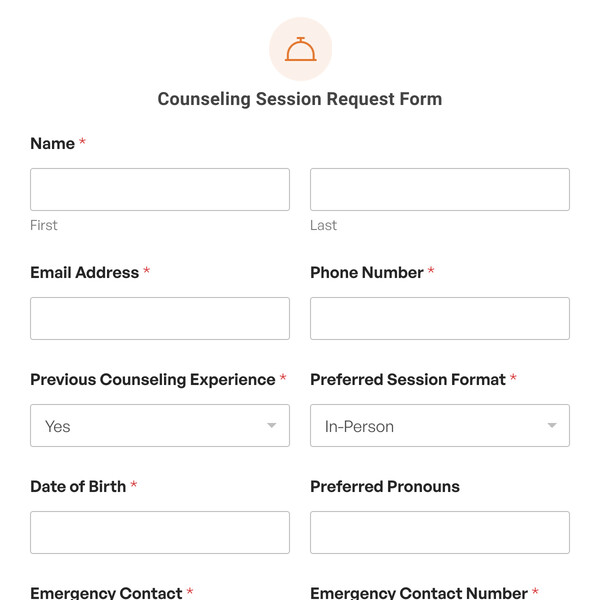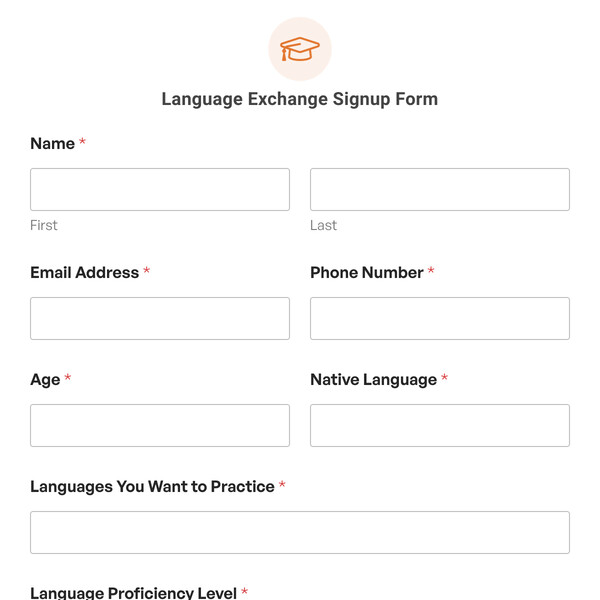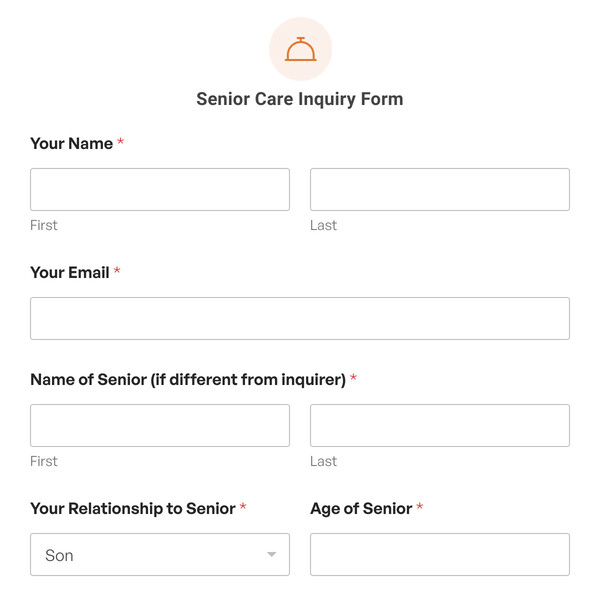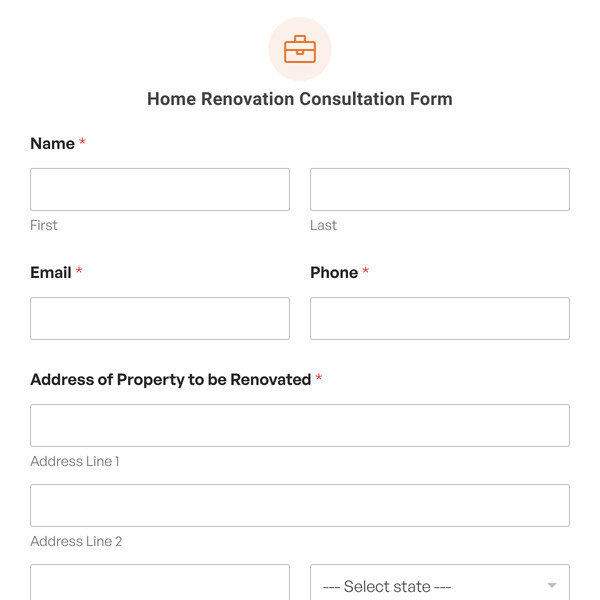For eCommerce websites, providing potential customers with tangible product experiences is crucial for driving sales and building brand loyalty. That’s why our Product Sample Request Form is a vital tool for businesses looking to engage potential customers and encourage informed purchasing decisions.
Using the Product Sample Request Form
Let’s explore all of the fields, functionality, and benefits that come with using this form template on your website:
- Contact Information: Collecting the requester’s name, email, and shipping address establishes a direct line of communication and ensures the prompt delivery of samples.
- Sample Request Details: The form allows users to specify the product name or description, along with the quantity of samples they wish to receive. This clarity helps businesses manage inventory and fulfill requests efficiently.
- Discovery Channels: Understanding how potential customers heard about the product offers valuable insights into effective marketing channels, allowing businesses to refine their promotional strategies.
- Previous Experience: By inquiring about the requester’s past experiences with the product, companies can gauge the interest level and tailor follow-up communications accordingly.
- Purpose of Request: The dropdown menu for the purpose of the sample—whether for personal use, evaluation, or review—helps businesses categorize requests and prepare samples that meet specific needs.
- Preferred Receiving Date: Allowing users to select a preferred date for receiving samples enhances customer satisfaction and demonstrates a commitment to meeting their timelines.
- Additional Comments: An open space for any further inquiries or comments encourages dialogue, showing customers that their feedback is valued.
Integrating the Product Sample Request Form on your website can significantly boost engagement and conversion rates. By giving customers a taste of your product before committing to a purchase, you reduce their risk and increase their confidence in your offerings. Get the template by signing up with WPForms today!





